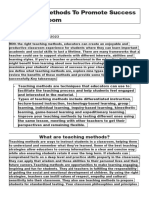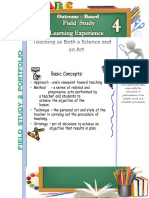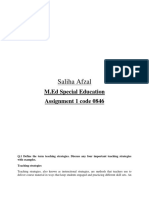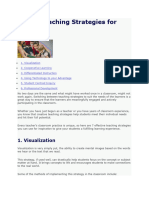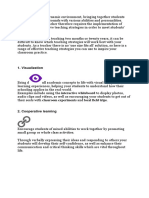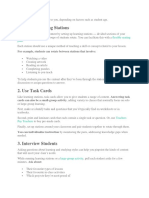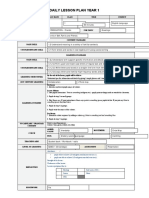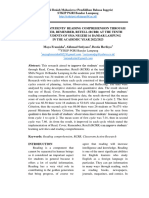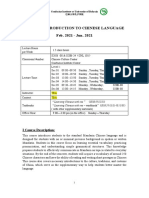0% found this document useful (0 votes)
14 views10 pagesRevised Teaching Practice Guide
This handbook serves as a practical guide for aspiring educators, focusing on personal reflection, pedagogical strategies, and classroom management. It covers essential aspects of teaching, including lesson introduction, development, conclusion, and resource utilization. Additionally, it emphasizes the importance of effective communication, class management, and maintaining a teaching practice file for professional growth.
Uploaded by
that.one.stargurlll21Copyright
© © All Rights Reserved
We take content rights seriously. If you suspect this is your content, claim it here.
Available Formats
Download as PDF, TXT or read online on Scribd
0% found this document useful (0 votes)
14 views10 pagesRevised Teaching Practice Guide
This handbook serves as a practical guide for aspiring educators, focusing on personal reflection, pedagogical strategies, and classroom management. It covers essential aspects of teaching, including lesson introduction, development, conclusion, and resource utilization. Additionally, it emphasizes the importance of effective communication, class management, and maintaining a teaching practice file for professional growth.
Uploaded by
that.one.stargurlll21Copyright
© © All Rights Reserved
We take content rights seriously. If you suspect this is your content, claim it here.
Available Formats
Download as PDF, TXT or read online on Scribd
/ 10




